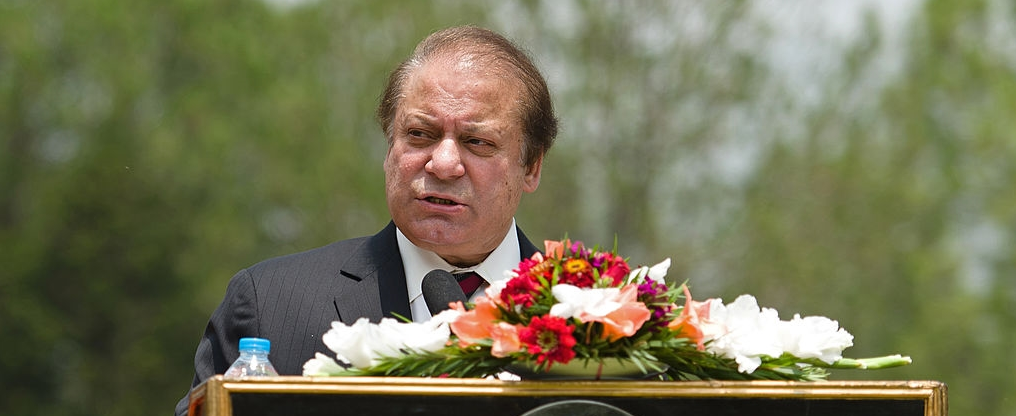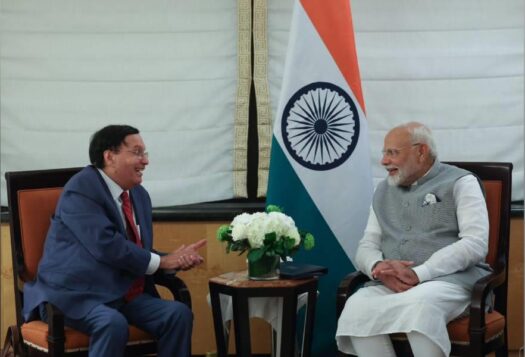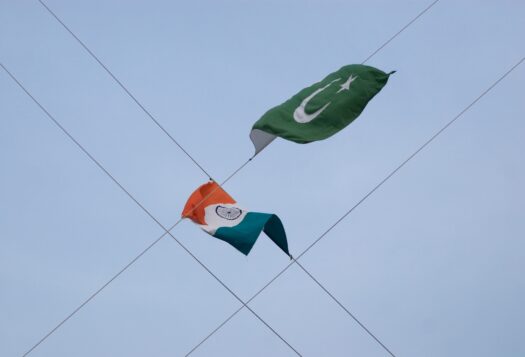
On May 28, 1998, Pakistan successfully tested five nuclear devices as a direct response to a series of nuclear test explosions by India. This day is celebrated annually in Pakistan as Youm-e-Takbeer, which means the day of greatness, and as the National Science Day, to celebrate Pakistan’s scientific achievements.
The importance of Youm-e-Takbeer
To better appreciate the significance of Youm-e-Takbeer, we have to understand how and why Pakistan was compelled to develop a nuclear weapons program in the first place.
Yes, India’s explosion of the nuclear bomb in 1974, and subsequent explosions of 1998 were the most critical factors. But the loss of East Pakistan, the continued Indian intransigence, and its creeping occupation of territory in Kashmir created an environment of fear and insecurity for Pakistan, which forced them to develop a nuclear weapons program to discourage further Indian belligerence.
The purpose of this article is to provide a better understanding of the history of the conflicts between India and Pakistan that led to the nuclearization of Pakistan.
The Jammu and Kashmir Dispute
During Kashmir’s 1946 general elections, the Muslim Conference, which was in favor of Muhammad Ali Jinnah’s vision for a separate independent Muslim state, was voted into power.
The British accepted the demand of Muslims for an independent state in June 1947. The new nation would be made up of Muslim majority areas, which included Kashmir. The Hindu Congress Party, and the Muslim League accepted the plan.
Less than a year after their independence, India and Pakistan fought their first war over Kashmir. The war ended in the United Nations, where a resolution was passed demanding that Kashmiris be given a vote to determine their future, which India refused to implement.
On September 6, 1965 Indian troops crossed the international border into Pakistan. The battle for Kashmir had turned into a full-scale war with India attempting to take control of Lahore, Pakistan’s second largest city at the time. Despite having the larger army, India could not defeat Pakistan, and the war officially ended in stalemate.
“Pakistan will fight, fight for a thousand years…”
In February 1964, Pakistan’s Foreign Minister Zulfiqar Ali Bhutto addressed the UN Security Council and warned them that if India developed a nuclear bomb, Pakistan would also develop it.
In 1972, having received credible intelligence that India was pursuing a nuclear weapons program, Bhutto is reportedly to have said, “Pakistan will fight, fight for a thousand years. If India builds the bomb… we will eat grass, even go hungry, but we will get one of our own… We will have no other Choice!”
In his book, The Myth of Independence, Bhutto stated that it was necessary for Pakistan to acquire the fission weapon, to deter a nuclear-armed India.
1971
After the 1948 and 1965 experiences, Pakistanis feared that it would not be long before India launched another attack in an attempt to disintegrate Pakistan. Their fears were realized in November 1971, when the Indian army, taking advantage of a political conflict between East and West Pakistan, attacked East Pakistan. Although India failed to destroy Pakistan completely, it did succeed at splitting the nation in half. East Pakistan was lost to Indian interference in a sovereign country on December 16, 1971.
Smiling Buddha (Pokhran-I)
On May 18, 1974, India tested their first nuclear bomb in an operation code named “Smiling Buddha,”or Pokhran-I.
India’s global power ambition created a security dilemma for Pakistan.
Pokhran-I forced then Prime Minister, Zulfiqar Ali Bhutto to inform the world that “Pakistan was exposed to a kind of ‘nuclear threat and blackmail’ unparalleled elsewhere (…) If the world’s community failed to provide political insurance to Pakistan and other countries against the nuclear blackmail, these countries would be constraint to launch atomic bomb programs of their own! (…) Assurances provided by the United Nations were not ‘Enough!'”
Pakistan learned a difficult lesson from the loss of East Pakistan; that it could not rely on the international community for support if confronted by an Indian nuclear threat. Unwilling to be blackmailed, Bhutto made it his mission to develop a nuclear weapon for the sole purpose of deterring India’s nuclear aggression.
May 11, 1998, Operation Shakti (Pokhran-II)
On May 11, 1998 India tested five nuclear bombs. These tests were conducted at a time when conflict in Kashmir was once again escalating.
Recently speaking to students at National Defense University, General Rashid Qureshi, then a Brigade Commander in Kashmir, recalled that Indian troops fired day and night across the Line of Control (LoC) after exploding the nuclear bomb.
There was an environment of insecurity all over Pakistan. This insecurity grew on May 26, 1998, with further clashes. The fear in Pakistan was that India had demonstrated their nuclear capability, what would now stop them from blackmailing or bullying Pakistan in an attempt to take control of Kashmir? And what guarantee would Pakistan have that India would stop at Kashmir?
May 28, 1998, Chaghai-I
The Indian explosions forced Pakistan to make a tough decision. Do not respond to India’s tests and thereby risk Indian aggression and the possibility of a military confrontation, or respond and deter any belligerent designs towards Pakistan?
On May 28, 1998, despite a tremendous amount of international pressure, Pakistan tested its nuclear devices as a direct response to Indian action.
According to General Qureshi, after Pakistan’s response, there was an eerie silence in the whole of Kashmir, with not a single shot fired across the LoC.
Youm-e-Takbeer
Youm-e-Takbeer, also known as the National Science Day, is celebrated because on this day, Pakistan successfully demonstrated their scientific capability, and brought stability to the region by deterring the threat of India’s nuclear bomb.
By testing the bomb Pakistan made full-scale war with India redundant.
Although India did amass more than 500,000 troops to Pakistan’s Eastern border during Operation Parakram in 2001, the Indian dream of capturing any part of Pakistan including Kashmir, by force, is now dead.
Pakistan’s scientific achievements continue to keep India at bay, promoting peace and stability. Pakistan’s most recent development of the Nasr short-range nuclear capable missile is an example of just that.
It is widely believed that India devised the Cold Start Doctrine,with the purpose of engaging in a limited war. The Indian thinking behind the limited war doctrine was that although Pakistan has been able to deter them at the nuclear level they still had space at the conventional level. Pakistan quickly plugged this gap by developing Nasr, “pour[ing] cold water” on Cold Start.
***
Image: Leon Neal, Getty


